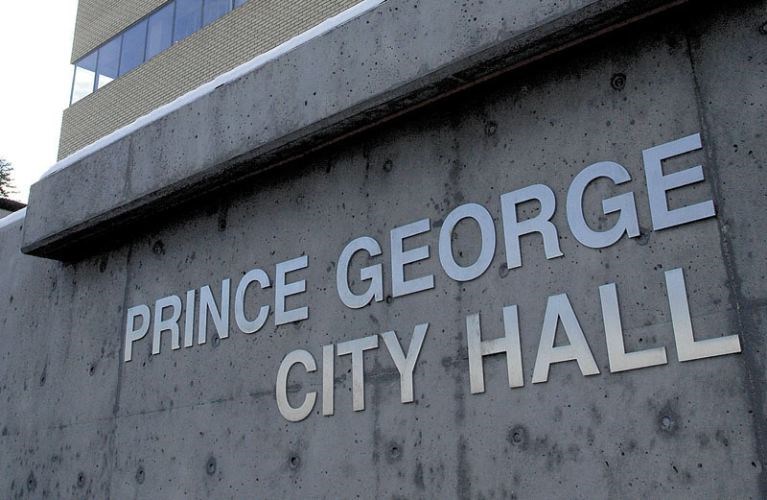The city is rejigging a bylaw to reduce the number of rubber-stamp applications requiring public hearings at city council meetings.
Residents have until Dec. 1 to provide comment to the planning department on amendments to the subdivision bylaw, which regulates the subdivision of land, requires the provision of works and services during subdivision and development and prescribes specific standards for the design of those works and services.
The changes aim to add more clarity for developers by outlining four designated areas - downtown, urban, semi-urban and rural - and ensures that the triggered works reflect the character of the area.
"Within these areas, there is a prescribed standard for roadways, sewage collection and disposal, drainage and storm runoff collection, and waterworks. There are also exemptions where a standard may be altered or waived entirely," said a planning staff report.
They also serve the purpose of cutting down on the number of development variance permit applications that come before city council on a regular basis.
According to a September presentation to council by L&M Engineering, there were a total of 46 such applications between 2010 and 2014 asking to waive the requirement for concrete sidewalks and underground wiring, all of which were unanimously approved.
Underground power and telecommunications wiring would be required under the downtown and urban areas while overhead wiring is allowed in the semi-urban and rural areas.
Concrete sidewalks would be dependent on where the development falls in the Official Community Plan's pedestrian networks.
The updated bylaw builds in a series of exemptions, such as general ones for relatively minor applications so that they don't trigger the requirement for off-site works.
If a requirement doesn't meet the pre-existing standards of a neighbourhood, it can also be waived. This is the case for infill development, where there are less than three additional lots created.
"For example, neighbourhoods within the Bowl area are entirely serviced by overhead wiring," said the staff report. "Removing power poles and installing underground electrical wiring along the property frontage for one parcel involves extensive works beyond the subject property and impacts connections to surrounding properties."
Developers are also allowed to propose alternative standards if they provide an equal or greater benefit to the community, such as creating an off-street boulevard trail in place of concrete sidewalks.
Existing infrastructure that doesn't meet the current design standards but hasn't reached the end of its service life is also allowed to stay put.
"The proposed bylaw secures infrastructure that maintains and enhances service levels throughout the city while also remaining flexible to situations where the full standard is not possible, or where an alternative standard provides greater benefit," said the staff report.



